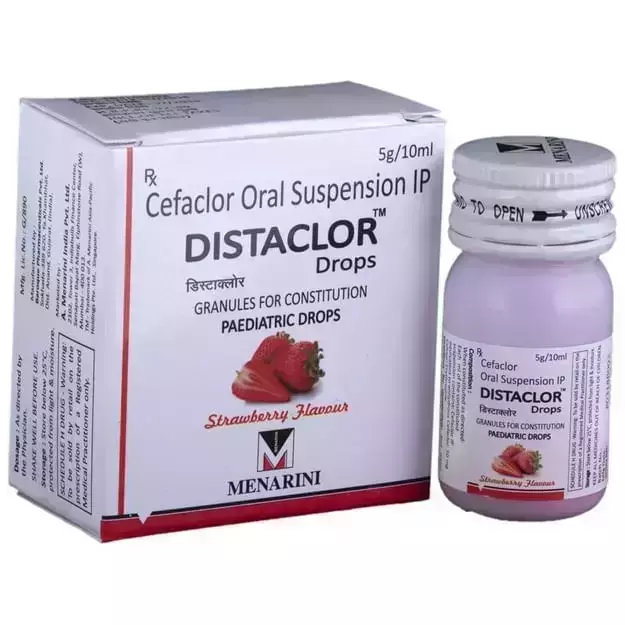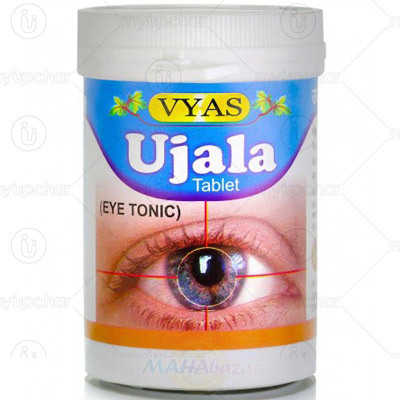Chloral Eye Drop is a prescription drug, available for use as Drops. Primarily, it is used for the treatment of Bacterial Infections. Chloral Eye Drop also has some secondary and off-label uses. These are listed below.
The right dosage of Chloral Eye Drop depends on the age, gender, and medical history of the patient. Individual symptoms and route of administration also determines the right dosage. For detailed information on this, read through the dosage section.
While these are the most often observed Chloral Eye Drop side effects, there are can be others also. These have been listed below. Such side effects of Chloral Eye Drop normally do not last long and go away once the treatment is completed. If, however, they worsen or do not go away, please speak with your physician.
Chloral Eye Drop's effect during pregnancy is Severe and Severe while nursing. It is important to know if Chloral Eye Drop has any effect on the kidney, liver and heart. Information on such adverse effects, if any, has been given in the Chloral Eye Drop related warnings section.
Chloral Eye Drop can cause adverse effects in certain medical conditions. It is strongly recommended to avoid Chloral Eye Drop in conditions like Kidney Disease, Liver Disease. Other conditions have been mentioned below in the Chloral Eye Drop contraindications section.
Besides this, Chloral Eye Drop may also have severe interaction with some medicines. A complete list of these interactions is given below.
Along with the above-mentioned precautions, remember that taking Chloral Eye Drop is considered safe while driving, and is addictive.
X














